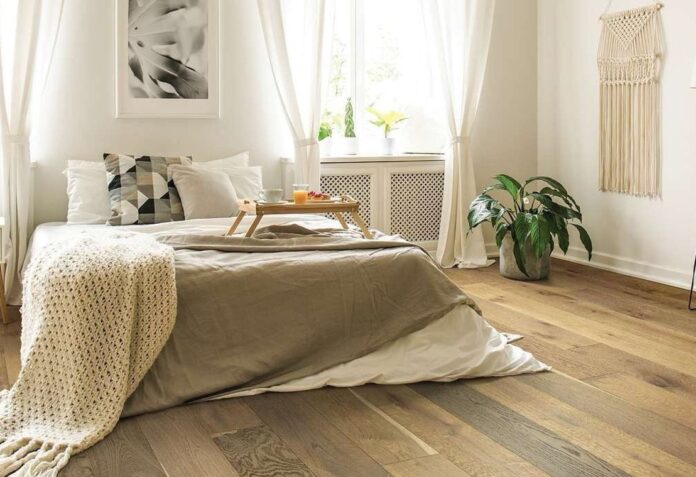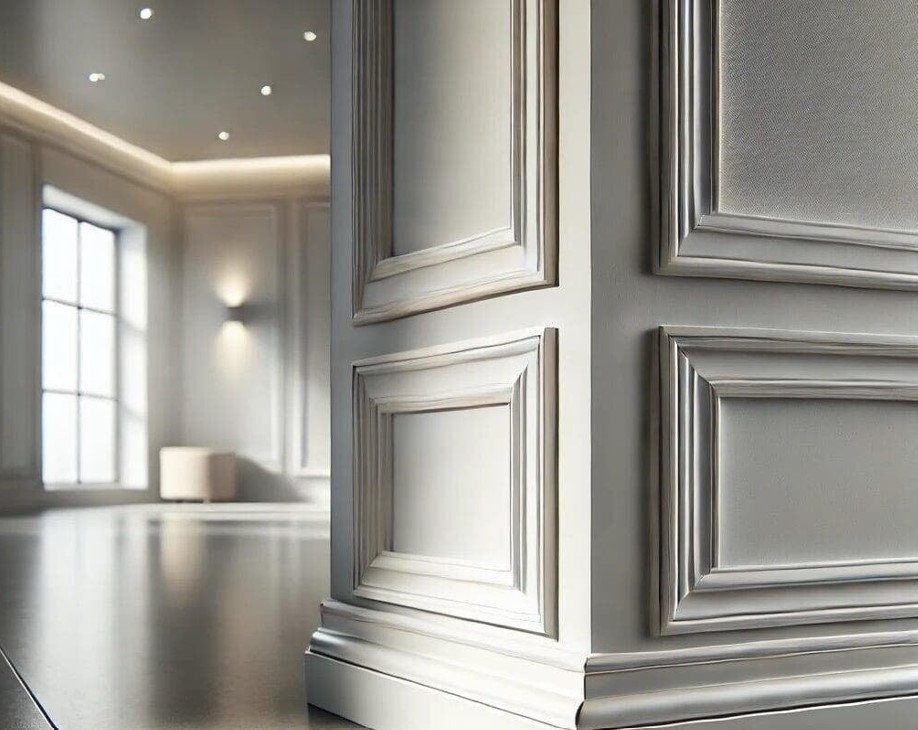
Renovation is always a daunting but enjoyable endeavour that promises to transform your home. One of the most important elements of this process is the selection of flooring. Flooring Store Hawaii b2b offers a wide range of flooring options to help you bring any idea to life.
Envisioning and planning
The initial stage is the dreaming stage. Decide on your home’s overall style, colour scheme and functional flooring requirements. Do you want a warm floor in the living room or a durable and waterproof floor in the bathroom? Remember that your choice of flooring should harmonise with the design of the walls and ceiling. Take into account practicality, for example, for a child’s room it is better to choose a floor covering that is easy to clean and does not scratch.
At the initial stage it is also worth paying attention to the textures and materials that will be used for flooring. Wood, tiles, laminate or carpet – each of these options has its own unique characteristics. For example, natural wood will bring warmth and cosiness to the interior, but requires special care. Tiles, on the other hand, are great for bathrooms and kitchens because of their moisture resistance and durability.
Don’t forget about zoning the space. If you plan to combine several functional zones, for example, kitchen and living room, it is worth choosing different coverings for each zone that will be combined.
Choosing a floor type
There is an incredible variety of floor coverings on the market, from classic wood to modern artificial materials. Wooden floors are classic, they give a cosy and luxurious feel to a room. Laminate flooring is a practical and affordable option, imitating different types of wood. Ceramic tiles are ideal for bathrooms and kitchens due to their durability and water resistance. Carpet – creates warmth and cosiness, but requires careful maintenance. Vinyl flooring is a modern solution characterised by a variety of textures and resistance to wear and tear.
Checking compatibility with the subfloor
Not all types of floor coverings are compatible with every subfloor. Wooden floors require a flat and dry subfloor, ceramic tiles require a firm and solid subfloor. Carpeting requires a special underlay to level the surface and provide soundproofing. Therefore, before buying a floor, carefully assess the condition of the underlay and consult with specialists.
Properly selected substrate – the key to durability and aesthetics of the flooring. For example, laying laminate flooring on an uneven surface can lead to its rapid damage and deformation. To avoid this, it is necessary to identify all irregularities and cracks in advance. If you plan to install a wooden floor, make sure that the subfloor is not only level but also dry. Moisture can cause rot and mould, which will significantly reduce the life of the floor.
Defining style and decoration

The type of flooring you choose can be complemented with decorative elements, such as mouldings, which close the gap between the floor and the wall and give the room a finished look. To create a unique style you can use panels for walls – decorative panels for walls, which perfectly combine with different types of floor coverings. It is important to think about the style and colour of decorative elements in advance, so that they harmonise with the overall concept of the interior.
Preparing the surface for laying
Before laying the floor, the surface must be thoroughly prepared. This may include levelling the floor, removing old flooring, laying waterproofing, etc. It is important to pay attention to the quality of preparation, as the durability and reliability of the new floor depends on it.
The next stage is the levelling of the base. This process may involve the use of levelling compound to eliminate bumps and pits, which will provide a reliable support for the new floor covering. If the subfloor is severely damaged, it may be necessary to use cement or concrete-based materials to create a level surface.
Removing the old flooring is another important step. Residues of glue, varnish or other materials can adversely affect the adhesion of the new floor to the subfloor. Specialised tools such as trowels and sanders can be used to fully prepare the surface.
Once this work has been completed, it is worth paying attention to waterproofing, especially in areas with high levels of humidity. The use of special waterproofing materials will help to prevent moisture from getting under the new flooring, which will significantly increase its service life and preserve its original qualities.
Laying the floor
At this stage it is important to choose a qualified and experienced craftsman who will be able to lay the floor qualitatively and in accordance with the technological requirements. Laying the floor is a responsible process that requires certain knowledge and skills.
Final works
After laying the floor, it is necessary to carry out final works, such as mouldings, cleaning the surface from dust and debris, etc. It is important to follow the maintenance recommendations for the chosen floor type to preserve its appearance and functionality for a long time.



































